Durable Goods Orders Tumbled in September, Weighed Down by Autos and Planes
Although core capital goods orders expanded in September, much of that reflects inflation rather than real growth.
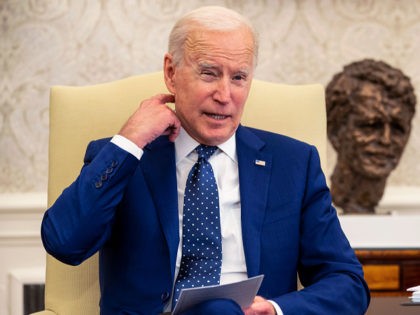
Although core capital goods orders expanded in September, much of that reflects inflation rather than real growth.

Biden promised to make housing more affordable. That’s not working out.

A drop in the infection rate boosted confidence but inflation fears are still rising.

Prices are up but plans to spend on gifts actually declined slightly. That points to fewer gifts this year.

“Our customers are deluged with price increases,” a Texas manufacturer reported.
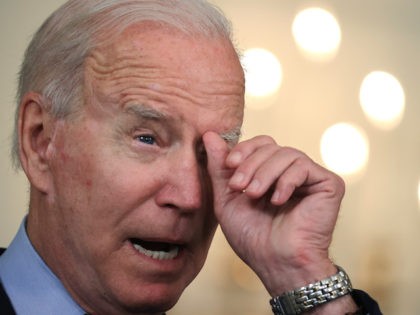
Supply chain problems are getting worse, which sets the stage for higher inflation next year.

The biggest ever auction of inflation-protected securities from the U.S. Treasury saw yields drop and implied inflation expectations surge higher.
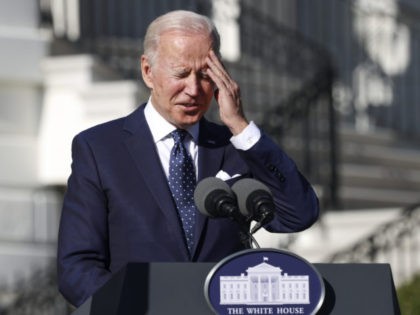
All around the country, Fed officials are hearing of “significantly elevated prices.”

The company said increased costs for transportation and raw materials will amount to $2.3 billion this year, up from the earlier estimate of $1.9 billion.
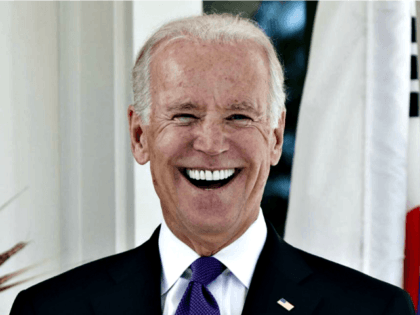
Once you adjust for inflation, September’s retail sales were not all that impressive.

Delays and rising are becoming even more common as the supply chain disruption heads toward crisis levels.
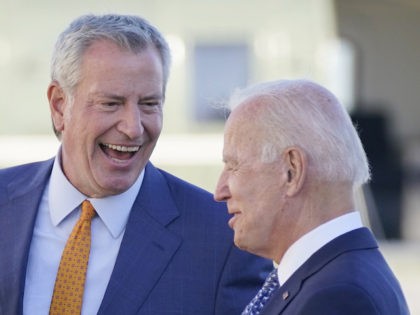
The Department of Labor issued its twin inflation reports, known as the Consumer Price Index and the Producer Price Index, this week. They both showed the prices of many popular holiday gifts have shot up over the past twelve months.

Think inflation is bad at the retail level? Take a look at what’s happening behind the scenes in Joe Biden’s economy.

Peeling back the layers of the supply chain reveals extreme inflationary pressures and bottlenecks in warehousing and shipping.
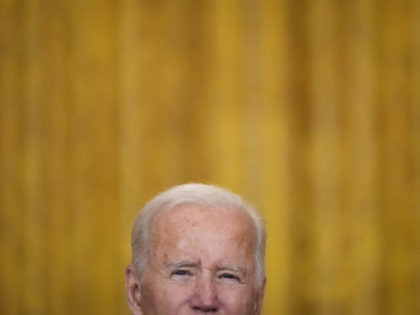
For a decade, businesses expected inflation to run just under two percent. Now they expect much bigger price hikes.
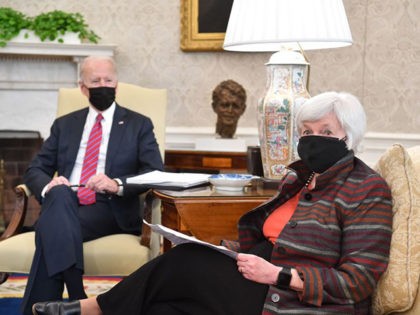
American families were hit with huge price hikes throughout the grocery store aisles in September, indicating that inflationary pressures are picking up steam.

The pace of inflation picked up in September, pushing prices up by more than expected, data from the Department of Labor showed Wednesday.

The Atlanta Fed president says it is becoming increasingly clear that the intense and widespread supply chain disruptions will not be brief.
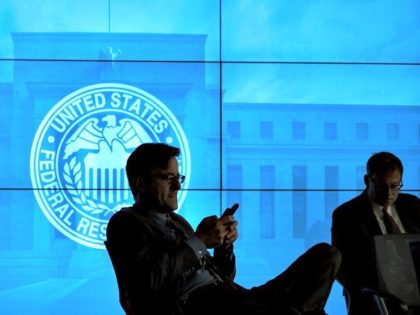
The American public does not believe inflation will prove transitory.

‘You are getting poorer,” Steve Cortes said of inflation and supply chain breakdowns yielding a “Biden Blue Christmas” for Americans.

Inflation is becoming a drag on growth as consumers are balking at high prices on big-ticket items such as homes, vehicles, and durable goods.
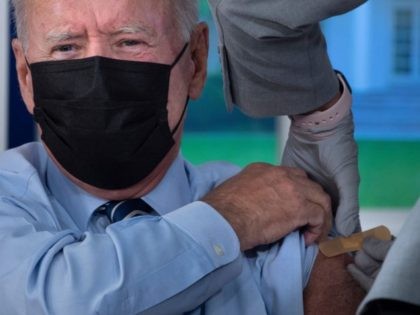
Instead of moderating, inflation got worse this summer.
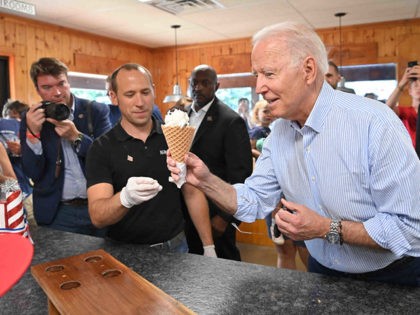
Inflation is running at the highest level since 1982.

The store famous for selling everything for just one buck is moving to higher prices.
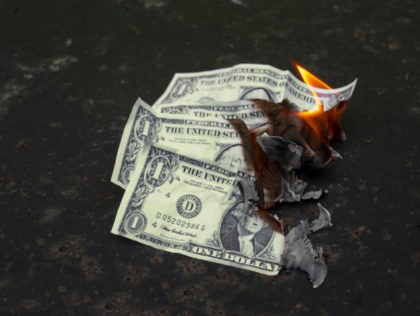
Buyers are coming back into the market, especially in communities in GOP-led states Texas, Florida, and Tennessee.

U.S. stocks fell Tuesday, as rising bond yields and energy prices weighed on the market. The Dow Jones Industrial Average sank 650 points at the low of the day before recovering to a 569 point, or 1.6 percent, decline. The

Orders for durable goods rose by less than prices of durable goods in August, suggesting there may have been an output contraction as supply-chain disruptions still stymie growth.

Pricier homes now make up a much larger percentage of the market than a year ago.
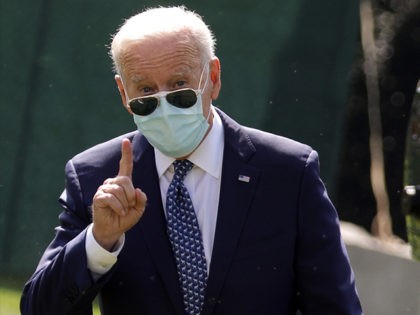
For the second time ever—the other time was in July—every single manufacturer in the Kansas City Fed survey reported higher prices for materials.
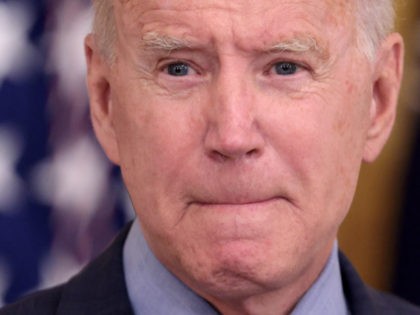
Fed officials now expect inflation to run at 4.2 percent this year, up from 3.4 percent at the June meeting.
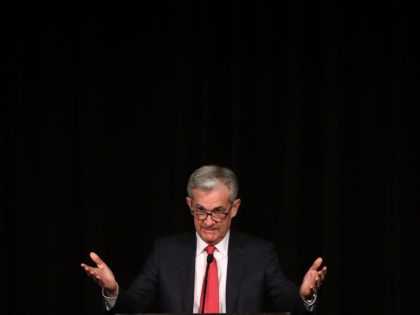
President Joe Biden has made expanding homeownership a prominent goal of his administration. So far, his policies have failed and homes have become less affordable.

Views of current conditions grew dimmer and inflation expectations worsened.

The pace of inventory accumulation by U.S. businesses slowed in July but the extent of the slump was partially hidden by high inflation. Business inventories rose 0.5 percent following a 0.9 percent increase in June, the Commerce Department said on

The latest Philly Fed manufacturing survey showed widespread inflation amid softening demand growth.

Inflation expectations of U.S. businesses keep climbing and businesses see it sticking around, suggesting that it may turn out that the view that inflation would be “transitory” is what turns out to be transitory.

No sign of inflation pressures becoming “transitory” in the New York Fed’s manufacturing survey.
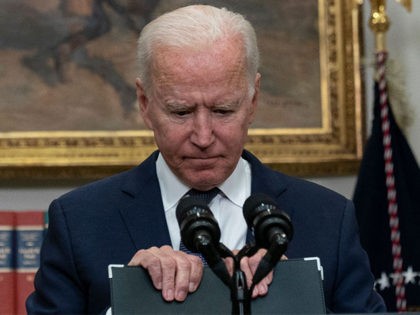
Bacon prices are up 17 percent compared with a year ago. Eggs are up 9.9 percent. Even salad dressing is getting more expensive.

Consumer prices rose again in August, albeit at a slower pace than earlier in the summer. The Consumer Price Index rose 5.3 percent compared with a year ago, the Department of Labor said Tuesday. On a monthly basis, the CPI
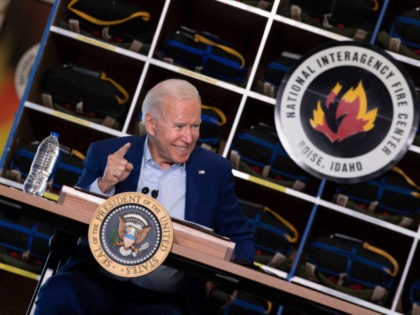
Expected earnings growth slowed even while inflation picked up, raising the specter of stagflation.

The company has been raising prices for its goods but “we are seeing inflation outstrip price,” the company’s finance chief said.
